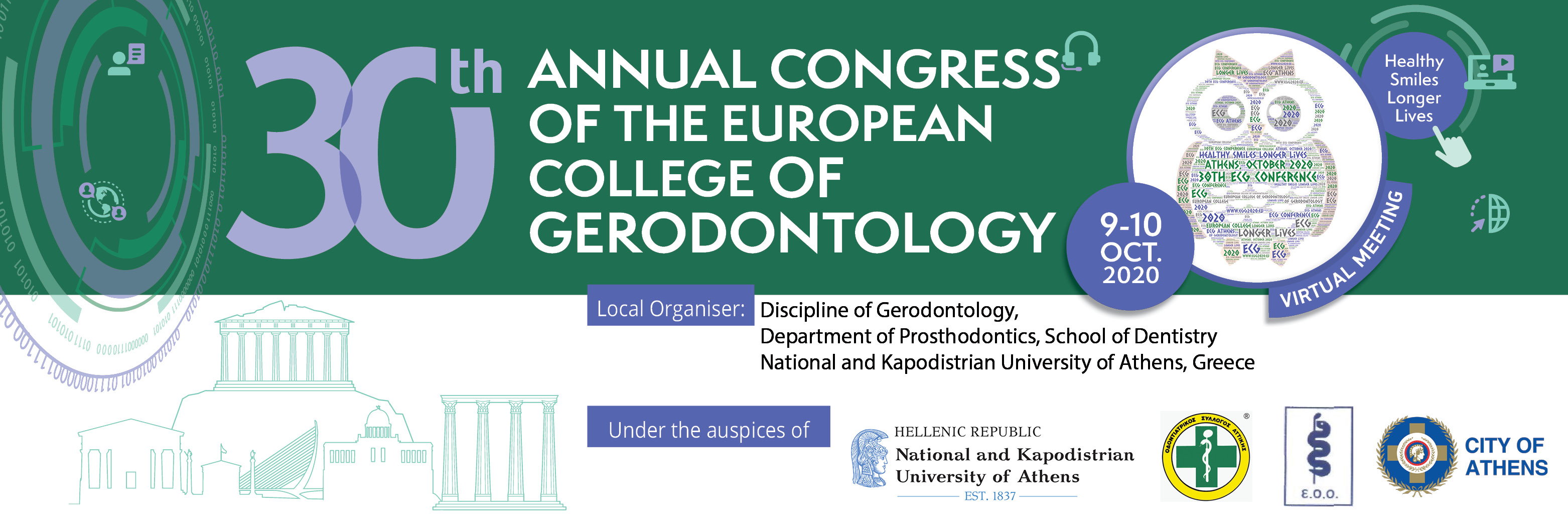Background and aim: The New Oral Anticoagulants (NOAs) have been introduced into clinical practice and are administered to patients with indication for anticoagulant therapy. The NOAs are effective and safe, have predictable anticoagulant effect and insignificant interactions with drugs and food. There are no guidelines for patients taking NOAs who are about to undergo minor oral surgery. In the Dental Clinic of University General Hospital of Heraklion the practice was to omit the morning dose for dabigatran and apixaban and delay the dose for rivaroxaban on the day of the operation. Patients older than 80 years of age or with renal or liver impairment are suggested to omit one more dose of dabigatran or apixaban respectively. The aim of this study was to evaluate the bleeding complications in patients who underwent tooth extractions in the Dental Clinic during 2019. Methods: This was a retrospective study. Data were obtained from the dental records maintained at the Clinic. They included gender, age, medical history, drug type, dental procedures and postoperative bleeding. All statistical controls were performed using SPSS, Version 24.0. Results: 30 males and 19 females, mean age 71.2 years, taking NOAs were treated in the Dental Clinic. 8 (16,32%) patients were taking dabigatran, 24 (48,97%) apixaban and 17 (34,71%) rivaroxaban. They underwent 196 tooth extractions in 74 sessions. Local hemostatic measures, suturing and collagen sponges, were applied in all cases. Detailed instructions were given to all patients after operation. 2 (4.08%) patients had bleeding complications.1 patient taking apixaban and 1 taking rivaroxaban. Both cases were controlled with local hemostatic measures as pressing with a gauge, new suturing, collagen sponges and mouthwashes with tranexamic acid. Conclusions: NOAs, a new challenge for Dentistry, are likely to become more widely prescribed because of their properties. Omitting the morning dose of dabigatran and apixaban or delaying the dose of rivaroxaban is a quite safe protocol for tooth extractions, in most cases. The dentist must take into account the patient’s age, physical status and laboratory tests. Further studies are needed to establish evidence-based guidelines for the management of patients receiving NOAs.
- 56 views



